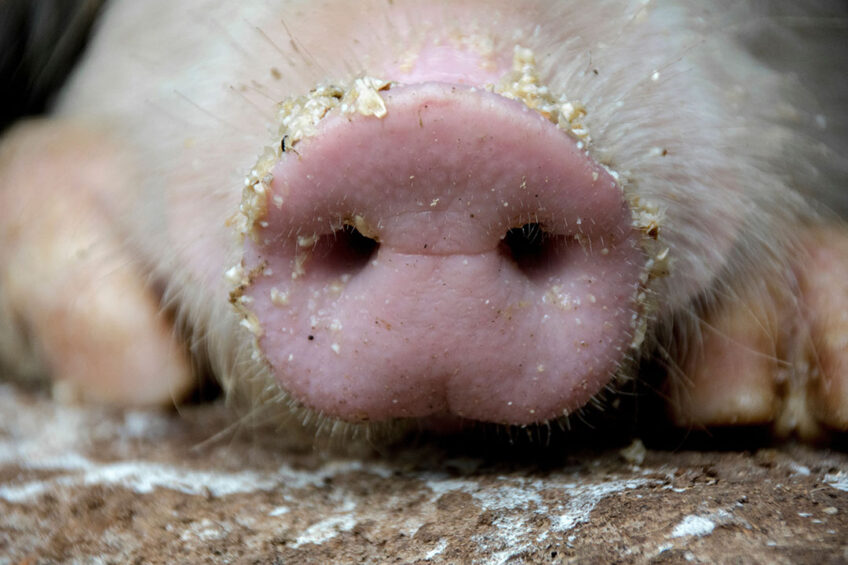Germany: Putting less wheat in animal feed

German animal feed companies used more wheat in animal feed in January than in the same month the previous year.
This is evident from provisional figures from the agricultural information centre BZL. The total amount of wheat in animal feed increased by almost 5% in the first month of this year compared to January 2022. All in all, 4% less grain was used for the production of animal feed in that month.
Tighter corn supply
At the moment, animal feed producers are mainly putting the brakes on the addition of corn grain. In the first months of this marketing season (July to October 2022), a larger proportion of corn was added to feed. Due to the smaller production of corn in Europe, the availability of this raw material is tighter. It is expected that this will become particularly noticeable in the course of this season. The lower local production is offset by higher imports from Ukraine and Brazil.
Compared to a year ago, almost 21% less corn was added to feed in January. However, the total amount of corn used for feed production in the first 7 months of the season is still a fraction higher than in the same period last year. The total volume of wheat in German feed is almost 14% less, up to and including January than in the same period of last season.
Less need for animal feed
Since July last year, 8.5% less grain has been used in Germany for the production of animal feed. Less grain is also needed due to the reduced need for animal feed as a result of a reduction in livestock. This is particularly noticeable in pig farming. There, the sharp decrease in the number of animals led to a reduction in animal feed production of about 11% in the first half of the 2022-2023 marketing season.
Total compound feed production
The total compound feed production fell by just under 7% in the first 6 months of the season. There is also lower feed production for cattle (cows -3.5% and veal calves -7.4%) and poultry (laying hens -5% and broilers -5.5%). Horses are the only an exception to the general decline. The production of horse pellets increased considerably in the first half of the season. In addition, the larger producers have gained market share compared to the small companies.











